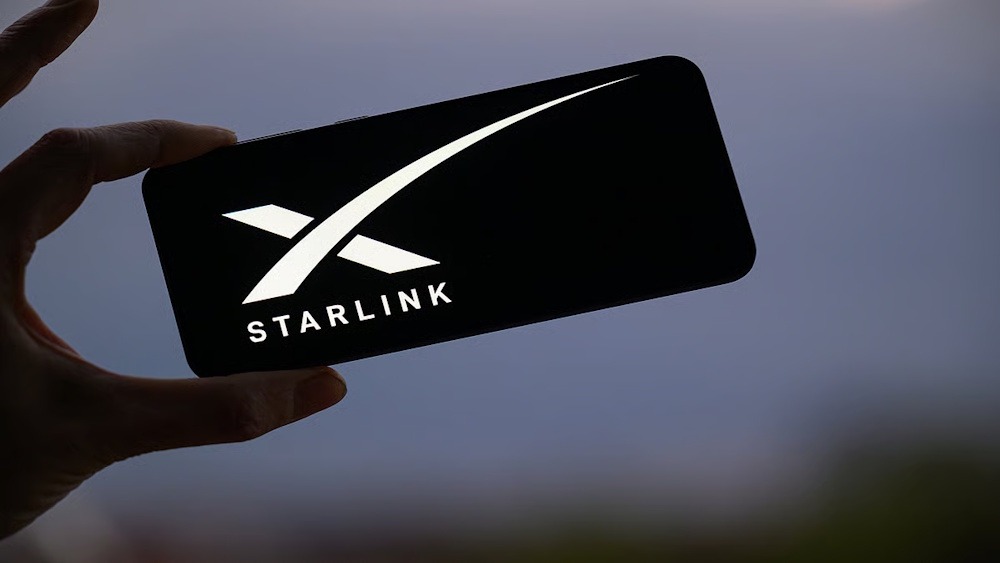Elon Musk’s Starlink Internet service and Argentine telecommunications provider Telecentro have announced the extension of their strategic alliance. In a span of 15 days, the two companies are set to implement mobile Internet connections and deploy 300 antennas at 300 rural educational institutions throughout Catamarca Province. Additionally, they will connect 113 schools in the Puna region of Jujuy Province, provide services to 130 sites in San Juan Province, and bring online 100 schools in Corrientes Province. In the private sector, firms have successfully implemented connectivity solutions for the lorry fleet of the Scania factory. Earlier this year, Starlink and Telecentro entered into an agreement to provide high-speed, low-latency Internet services to organizations, businesses, and professionals across Argentina.
The companies are focusing on rural regions where conventional infrastructure is inadequate, including remote and isolated areas, as they compete to expand their operations in Argentina. Additional focal sectors encompass education, banking, industry, agriculture, and mining enterprises. Alberto Pierri received an invitation to the launch facility of Starlink, which also serves NASA, situated in Florida, to tour SpaceX, the manufacturing site for Musk’s rockets and satellites. The most recent iteration of SpaceX satellites, referred to as Starlink V3 or “Starlink 3.0”, provides high-speed satellite Internet that rivals the performance of fibre-optic connections. This represents a significant shift for areas lacking the infrastructure necessary to utilize conventional services, or where access is severely restricted.
Earlier this month, SpaceX executed a launch of a new cohort of Starlink satellites from Cape Canaveral Space Station in Florida, utilizing a Falcon 9 rocket. In the forthcoming three years, Starlink plans to deploy up to 84 satellites weekly. Musk has announced that the Starlink V3 satellites will achieve download speeds of up to one terabit per second, representing a tenfold increase over the previous generation. Upload speeds are projected to experience a significant enhancement, reaching up to 160 gigabits per second, which is roughly 24 times greater than the capabilities of the current generation.

